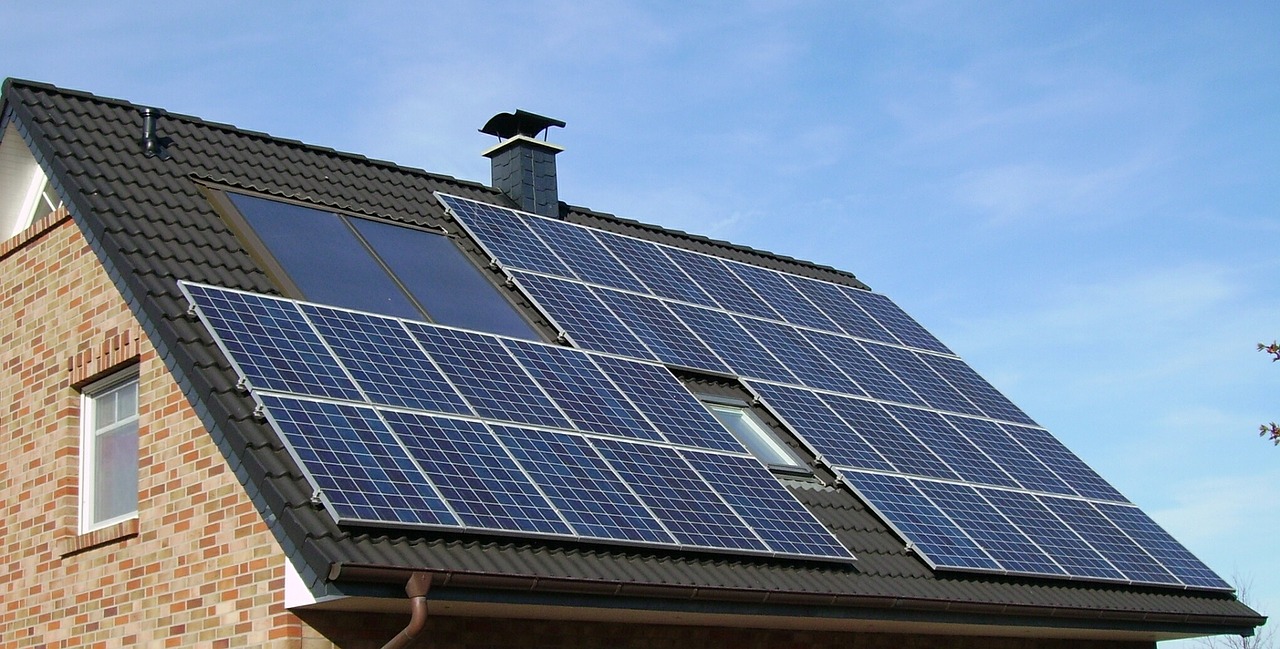Wait No Longer, Go Solar And Save Big

Solar Tax Cut
 The new Tax Cuts and Jobs Act of 2017 amounts to a generous solar tax cut, and dramatically improves the market and economics for commercial-scale project developers, EPCs, customers, and many financiers. Indeed, the tax incentives are so compelling that I’ll just refer to it here as the Solar Tax Cut. But change can hurt, and there are losers in this legislation: the residential and non-profit marketplaces will not share equally in the benefits, and tax equity investors clearly lose. Below we detail how the Solar Tax Cut provisions dramatically improve commercial solar project economics.
The new Tax Cuts and Jobs Act of 2017 amounts to a generous solar tax cut, and dramatically improves the market and economics for commercial-scale project developers, EPCs, customers, and many financiers. Indeed, the tax incentives are so compelling that I’ll just refer to it here as the Solar Tax Cut. But change can hurt, and there are losers in this legislation: the residential and non-profit marketplaces will not share equally in the benefits, and tax equity investors clearly lose. Below we detail how the Solar Tax Cut provisions dramatically improve commercial solar project economics.
SOLAR TAX CUT: KEY PROVISIONS
- REDUCED TOP CORPORATE TAX RATE – Under the Solar Tax Cut the top corporate tax rate drops from 35% to 21%; a 40% reduction in tax expense. Holding other inputs equal, this increases solar NPVs by 15-25%. But other inputs aren’t equal…
- EXPANDED EXPENSING OF ASSETS – Business owners can now eliminate the hassle of depreciating solar assets over several years. The Solar Tax Cut allows system owners to exploit “100% Expensing” on new and used solar projects placed in service through 2022. Previously, new solar assets were depreciated over 6 years using 50% Bonus and MACRS depreciation schedules. Ignoring the 40% tax rate drop, our analyses show that 100% expensing could increase a commercial solar project’s NPV by 4-8%.
- NO CORPORATE ALTERNATIVE MINIMUM TAX – What about that pesky AMT calculation you ask? It’s gone for corporations. Good riddance.
- INVESTMENT TAX CREDIT – UNCHANGED, BUT WEAKENED – In this new solar tax cut landscape, the 30% Investment Tax Credit is marginalized – forgotten, but not gone. First, consider that a Tax Equity investors’ “tax appetite” falls pro rata with their marginal tax rate; suddenly there’s 40% less tax equity out there. If demand doesn’t fall in sympathy, tax equity prices will rise. 100% expensing works against Tax Equity investment too. Investors taking the 30% Investment Tax Credit will reduce their adjusted basis by 15%, in turn reducing the value of the new 100% Expensing provision. While it’s true that a Tax Credit is worth more than a Tax Deduction, many experienced investors will jump at the chance to walk away from the transaction costs, complications, and risk of a controlling tax equity partner.
WHAT THE SOLAR TAX CUT MEANS FOR YOU AND YOUR BUSINESS
 Although the Solar Tax Cut is great news for nimble commercial solar stakeholders, there are legislative losers. Residential and non-profit marketplaces will not share equal economies; power purchase agreement and ‘true lease’ financiers will lose market share, and tax equity providers will be sidelined. If history is any guide, the slow-footed may lose too, as 2018 mid-term elections portend changes to legislators and policy. Check in with us next week as we outline strategies and consequences for the following solar stakeholders.
Although the Solar Tax Cut is great news for nimble commercial solar stakeholders, there are legislative losers. Residential and non-profit marketplaces will not share equal economies; power purchase agreement and ‘true lease’ financiers will lose market share, and tax equity providers will be sidelined. If history is any guide, the slow-footed may lose too, as 2018 mid-term elections portend changes to legislators and policy. Check in with us next week as we outline strategies and consequences for the following solar stakeholders.
WINNERS
- Commercial Solar System Prospects and Owners
- Commercial Solar EPCs
- Traditional Financiers & Lenders
- Sponsor Equity and Active Investors
LOSERS
- Residential Solar EPCs and Prospective System Buyers
- PPA Project Developers –
- Tax Equity and Passive investors
- Those who wait



